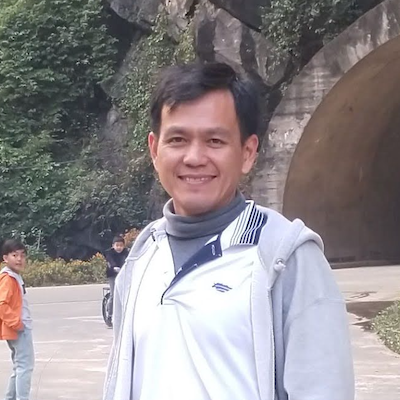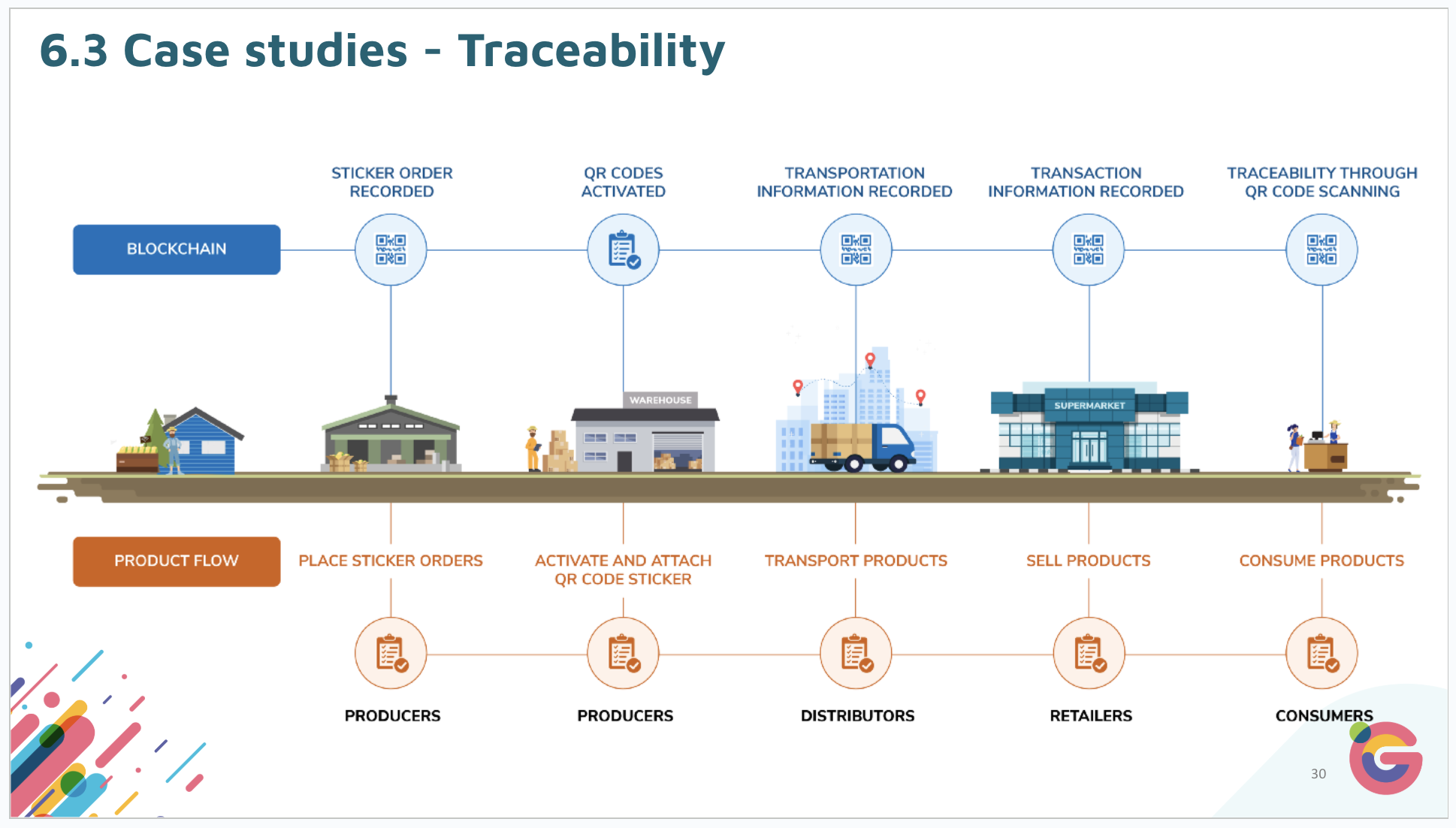- Published on
Hiring for Innovation: How to Build a High-Performing Engineering Team
- Authors

- Name
- Hung Nguyen (Alex)
Hiring the right engineering team is one of the most critical challenges for any CTO or Engineering Manager. In a world where technology evolves rapidly, assembling a team that can balance innovation with execution is the foundation for long term success. However, hiring for innovation is not just about finding talented developers, it requires fostering a culture of curiosity, adaptability, and structured problem solving.
In this article, we will explore how to identify, attract, and retain top engineering talent that thrives in an innovation driven environment.
1. Define the DNA of Your Engineering Team
Not all engineering teams are built the same. The first step in hiring is to define the characteristics that align with your company’s mission and technology strategy.
Key Traits of an Innovative Engineering Team:
- Curiosity & Continuous Learning: Engineers who seek new solutions and stay updated on emerging technologies.
- Strong Problem Solving Skills: The ability to approach complex challenges methodically.
- Collaboration & Communication: Team players who work well across functions, especially with product and design teams.
- Execution Focused: Innovation without execution is meaningless; teams must balance creativity with delivery.
- Adaptability: The tech landscape evolves quickly; your team must be able to pivot and embrace change.
2. Sourcing and Attracting the Right Talent
Finding great engineers is challenging, but a well-structured approach to sourcing can increase success rates.
Where to Find High-Quality Engineers:
- Professional Networks & Referrals: Leverage existing team members and industry connections.
- Tech Meetups & Conferences: Engage with engineers who are active in the community.
- Open Source Contributions & GitHub: Identify developers with a track record of contributions to meaningful projects.
- Targeted Online Communities: Find out developer communities in your countries and where they're gathering to reach out.
- University & Bootcamp Partnerships: Partnering with institutions can provide access to fresh talent if you can effort trainings for fresh/interns.
3. Interviewing for Innovation
A traditional technical interview may not be enough to gauge an engineer's ability to contribute to an innovative culture. Instead, a multi-faceted approach is recommended:
Key Components of an Innovation-Focused Hiring Process:
- Problem-Solving Challenges: Go beyond coding exercises; use real world problems to assess analytical skills.
- System Design Interviews: Gauge the ability to think about scalability, maintainability, and future proofing.
- Cultural Fit Assessment: Ensure alignment with company values and innovation mindset.
- Pair Programming or Take Home Projects: Assess coding ability in a collaborative or real world environment.
- Behavioral Questions: Ask about past experiences driving innovation or dealing with complex challenges.
Example Behavioral Questions:
- “Tell me about a time you had to learn a new technology to solve a problem. How did you approach it?”
- “Describe a situation where you had to overcome a challenge. What was the impact?”
4. Creating an Environment That Retains and Nurtures Talent
Hiring great engineers is only first step, define a plan to retain them is just as crucial. A high performing team requires a culture that fosters engagement and continuous growth.
Strategies for retaining engineers:
- Empowerment & Ownership: Allow engineers to take ownership of projects and make meaningful decisions.
- Career Growth Opportunities: Provide mentorship, learning resources, and clear paths for advancement.
- Technical Challenges & Innovation Time: Encourage hackathons, internal innovation labs, or at least experimentation.
- Work-Life Balance & Flexibility: Prevent burnout with reasonable workloads and flexible work arrangements.
- Recognition & Rewards: Acknowledge contributions through promotions, bonuses, or public appreciation.
5. Scaling the Team Without Losing Culture
As a company grows, maintaining the core values of your engineering culture becomes harder. Scaling effectively requires structured processes that balance autonomy with alignment.
Best Practices for Scaling Engineering Teams:
- Onboarding & Documentation: Create clear guidelines and documentation to help new hires integrate smoothly.
- Cross-Team Collaboration: Implement guilds or internal knowledge-sharing sessions to keep teams aligned.
- Maintain Technical Excellence: Invest in code reviews, automation, and technical debt management.
- Leadership Development: Train senior engineers to become effective mentors and leaders.
Conclusion
Building a high performing engineering team that drives innovation requires more than just hiring talented individuals. It involves a deliberate approach to sourcing, interviewing, nurturing culture, and scaling effectively. By balancing innovation with execution and fostering an environment of continuous learning, CTOs can assemble teams that not only build great products but also push the boundaries of what’s possible in technology.
As someone who has built and led engineering teams across multiple industries, my focus remains on hiring not just for skill but for mindset, a mindset that thrives on curiosity, collaboration, and impact driven execution.
 A tech-talk - sharing session about blockchain in GalaxyOne 2022
A tech-talk - sharing session about blockchain in GalaxyOne 2022